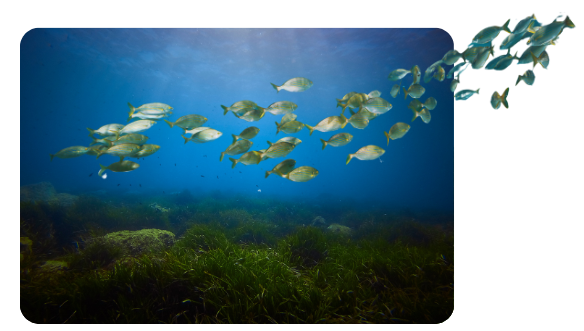Project
Environmental Monitoring at Calstock flood defence improvement scheme

Active project
Project Start: November 2022 | Project End: March 2027
Project Funder: NERC through the
Principal Investigator: Dr Andy Rees
Other Participants: Jasmin Dorinda, Dr Vas Kitidis, Dr Ian Brown, Dr Sarah Breimann, Dr Glen Tarran, Malcolm Woodward, Carolyn Harris
Project start date: November 2021
Measuring the effects of new Calstock intertidal wetland on water biogeochemistry
Since the Calstock Flood Resilience and Intertidal Habitat Scheme was completed in November 2021, scientists from the Marine Biogeochemistry and Observations team at Plymouth Marine Laboratory have been routinely visiting the newly created intertidal wetland to monitor changes in water biology and chemistry as the habitat becomes established. As the intertidal wetland develops it will provide a range of environmental benefits that will help address the climate emergency, biodiversity crisis and deliver against the objectives of the government’s 25-year environmental plan.
Managed coastal realignment is one of many different approaches being delivered across the UK and internationally to restore lost habitats, increase biodiversity and respond to the impacts of climate change such as flood resilience. It is important that we understand how these solutions impact water quality and climate regulating ecosystem services. This involves investigating rates of carbon storage and the production or consumption of greenhouse gases, such as nitrous oxide and methane, in the water.

Above: Scientists from PML take samples from the area
What are the results so far?
Initial results show that the new Calstock wetland is still very much in transition between farmland and estuarine marsh. To date this has involved some loss of carbon through the production of carbon dioxide and methane, though over time it is expected that the system will stabilize and gaseous loss will reduce as solid carbon is trapped and locked into the marsh sediments. One thing that was quickly established was the capability of the wetland to “clean’ the water that flows in and out of it by reducing nutrients. This is important because excess nutrients from agriculture and wastewater treatment can cause blooms of microorganisms during a process known as eutrophication. This uses up the oxygen in the water and makes it difficult for other species, including fish and other important microorganisms, to survive. The team at PML will be closely monitoring this story and how it might affect climate relevant processes now and into the future.
How can this data be used?
Calstock has presented a unique opportunity to measure changes in climate relevant biogeochemical processes right from the initial stages of a wetland created through managed coastal realignment. The information collected will inform Earth System models to better understand regional and global climate
processes and provide a case study for measuring the effectiveness of NbS in mitigating the impacts of climate change. We have recently employed an environmental economist to work with us on this project, with their role being directed towards the determination of the economic value of this regenerated ecosystem. The combined outputs of natural and social science will help environmental managers and policy makers to make informed decisions based on robust scientific evidence in the design and implementation of future NbS.
Thanks are given to the partnership between the Environment Agency, Tamar Community Trust, Calstock Parish Council, Calstock Footpath Society and Tamar Valley Area of Outstanding Natural Beauty (AONB) for allowing PML access to the Calstock wetland to conduct this scientific research.
